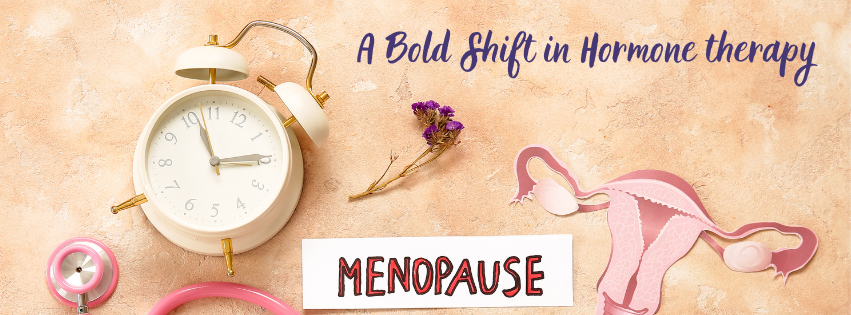Gallstones, What Your Doctor Won't Tell You
- Shelly Bergeron
- Jul 16, 2020
- 3 min read
Dissolving Gallstones
Even savvy, well-educated health seekers are often surprised at just how many natural remedies have been studied in medical research. And in many cases, not just hypothetical or animal research but actual controlled, clinical human trials. Here is a powerful example: d-limonene.
As with so many other natural remedies, D-limonene is not “rocket science”. It’s a simple extract (chemically a terpene) from citrus oils (e.g. lemon, orange, grapefruit). You’ve probably seen it on the ingredient list as a natural citrus flavoring in some foods and beverages. You also may have heard of it as a “de-greaser” ingredient in household countertop cleaners. That’s because it gets rid of caked on grease and grime effectively.
Imagine what would happen if you applied that surfactant and emulsifying power to a sluggish gallbladder? In the human body, d-limonene has been shown in clinical study to dissolve gallstones. Yes, dissolve. This study showed a 67% success rate without other intervention, a success rate that beats the vast majority of medications.
And beyond that, it also contributes to normal peristalsis and is an effective remedy for intermittent heartburn too.
D-limonene has been demonstrated quite safe for ongoing use, even in higher dose up to a year.
It’s important to remember that bile is made in the liver, and issues with a sluggish or “sensitive” or “achy” gallbladder usually begin in the liver. Bile is a critical and soup-like digestive agent that emulsifies fats (among many other key jobs like getting toxins out of the body, but that’s another post for another day). Bile is made primarily of water but also careful ratios of bile salts, cholesterol, fats, and bilirubin. If bile is too thick and contains (typically) too much cholesterol, it gets thick and sludge-y and becomes prone to crystallization in the bile ducts and (especially) while it’s being housed in the gallbladder. Plus, if your peristalsis is sluggish or slow (indigestion anyone?), that exacerbates the problem by slowing the emptying of the gallbladder (and suboptimal magnesium is very often the culprit here).

As with anything, the key to healing is to react mindfully and right away to early signs from your body that it’s struggling. For those with these concerns, we recommend d-limonene 1000mg once daily to clean out the bile system (twice daily for more evolved cases) for 1-3 months. If you need even further support, lecithin twice daily can also be helpful. Both of these should be taken with food.
You don’t have to wait for your body to struggle to have a clue about your bile system health. In your typical “annual physical” labwork, a marker called alkaline phosphatase is of note; if it’s elevated (even within the reference range), it can be a sign that your bile system is getting congested. There are some other more esoteric reasons why this might be the case, so be sure to chat with your healthcare practitioner if you need guidance. Stools that are consistently lighter in color and which float are also indicative of high fecal fat content, and most often suboptimal bile flow is part of the problem. I help my clients to do a thorough work-up and really get to the bottom of what’s causing their GI dysfunction.
Even if you’ve had prior gallbladder disease – and even had your GB removed – please realize that the root cause of your dysfunction likely hasn’t been address at all – just the evidence. If the liver is still putting out sluggish bile, then it’s likely just a matter of time before you develop other downstream gastrointestinal dysfunction. We have to address the root cause. Thoroughly. Gallbladder disease is becoming much more common, in large part due to our higher in take of sugars, refined carbohydrates, and processed foods. But intake of inflammatory fats, persistent stress, suboptimal magnesium, and high toxin exposure/retention also play a role. I still recommend supporting your liver with d-limonene until you can fully adjust your diet to help it to function on its own. There are often tiny residual gallstones in the bile ducts even after gallbladder removal (cholecystectomy), or these can develop over time as the liver continues to produce sluggish bile.
Be careful about too much googling for gallbladder solutions if you have an active issue right now. Many “GI Cleanse” sites will recommend large amounts of olive oil to heal a highly congested gallbladder. High intake of olive oil will indeed typically increase GB contractions dramatically, but until you begin to dissolve existing stones, more aggressive contractions can be painful or even dangerous. (It’s a bit like trying to force more water through a drain that’s clogged.) Enjoy a few Tbsp of olive oil spread throughout the day in your healthy diet until you’ve done some work cleaning out the bile system. Then higher olive oil intake or a “gallbladder flush” occasionally can be a part of a gallstone prevention diet.
Take proactive care of your liver and gallbladder, so they can take care of you!






Comments